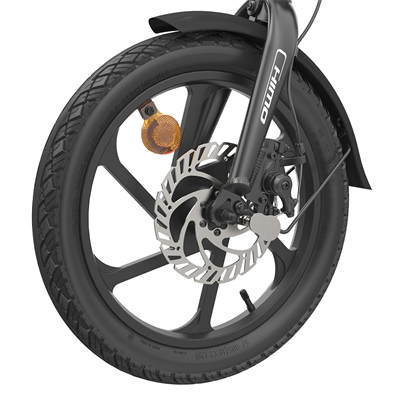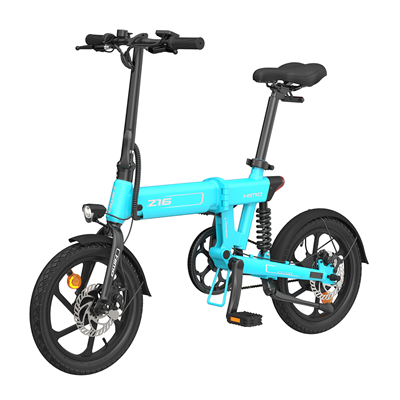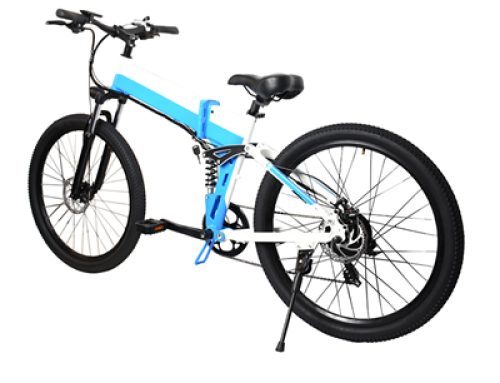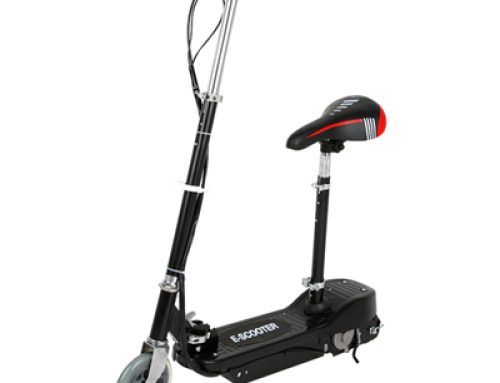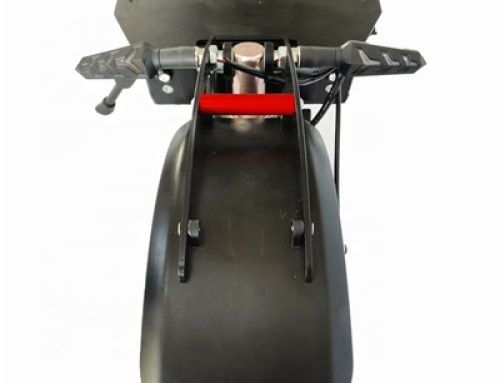Hoverboards are often touted as a greener mode of transportation compared to traditional vehicles that rely on fossil fuels. However, it’s important to consider various factors before concluding that hoverboards are definitively a greener way to move.
Advantages of Hoverboards as a Greener Option:
- Electric Power: Most hoverboards are powered by electricity, which can be sourced from renewable energy like solar or wind power. This reduces the reliance on fossil fuels and associated carbon emissions.
- Zero Emissions at Point of Use: Hoverboards produce zero tailpipe emissions during operation, which is a significant advantage over internal combustion engine vehicles.
- Energy Efficiency: Hoverboards are relatively energy-efficient compared to larger vehicles. They require less energy to operate and can cover short distances without consuming significant amounts of electricity.
- Reduced Traffic Congestion: Hoverboards are compact and can navigate through tight spaces, making them suitable for short trips in crowded urban areas. This can potentially reduce traffic congestion and the environmental impact of idling vehicles.
- Health Benefits: Hoverboards promote physical activity and can be considered a form of active transportation. Choosing them over sedentary modes of transport like cars can have positive health implications.
Considerations and Limitations:
- Manufacturing Impact: The production of hoverboards involves the extraction of raw materials, manufacturing processes, and transportation. The environmental impact of these factors should be considered when assessing their overall sustainability.
- Battery Production: Hoverboards rely on lithium-ion batteries, which require mining for raw materials and energy-intensive manufacturing processes. Proper disposal or recycling of these batteries is also essential to minimize environmental impact.
- Limited Range: Hoverboards have a relatively limited range and are more suitable for short trips. For longer distances, other modes of transportation might be more practical.
- Infrastructure and Safety: The lack of dedicated infrastructure for hoverboards might pose safety concerns when sharing space with pedestrians and vehicles.
- Context Matters: The environmental impact of hoverboards can vary based on the energy sources used for electricity generation in a particular region.
- Alternative Modes: Other micro-mobility options like bicycles, electric scooters, and walking also offer greener alternatives for short-distance travel.
While hoverboards have some environmental advantages, their overall sustainability depends on various factors, including the energy sources used, manufacturing processes, and the user’s transportation needs. For the greenest choice, it’s essential to evaluate the environmental impact across the entire lifecycle of the product and consider the available alternatives.
